This website uses cookies so that we can provide you with the best user experience possible. Cookie information is stored in your browser and performs functions such as recognising you when you return to our website and helping our team to understand which sections of the website you find most interesting and useful.
As ever-fewer estates remain family-owned, the largest one in Pomerol is still run by the same family as it was almost five centuries ago – an exception indeed in the Bordeaux region. Château de Sales has been passed down from generation to generation ever since the 16th century, when it was acquired by the Sauvanelle family. Since 1578, Château de Sales has seen four different families: the Sauvanelles, the Desaigues, the de Laages and the Lamberts, the changes in name occuring when the estate was passed down through the women of the family.
Château de Sales is currently owned by the Lamberts and their children, who are direct descendants of the Sauvanelles.
1578 -1735
from sauvanelle to desaigues
The Sauvanelles, mayors and magistrates in Libourne, arrived on the lands now known as Château de Sales in the second half of the 16th century, leasing the fief from Dominican monks from Saint-Emilion. The estate remained in the Sauvanelle family for more than 150 years.
In 1602, success arrived for the winemaking estate, which was managed by the Sauvanelle brothers, known as the Seigneurs de Sales (Lords of Sales). Together, they started exporting both white and red wines to Spain.
In 1643, the renowned Libourne family decided to build a château on the property, which until then had had only a fortified house. The Louis XIII-style country house underwent slight changes in the 18th and 19th centuries.
In 1735, having no male heir, François de Sauvanelle gave the property as a dowry to his second daughter, Jeanne-Magdeleine, when she married Mr Desaigues.

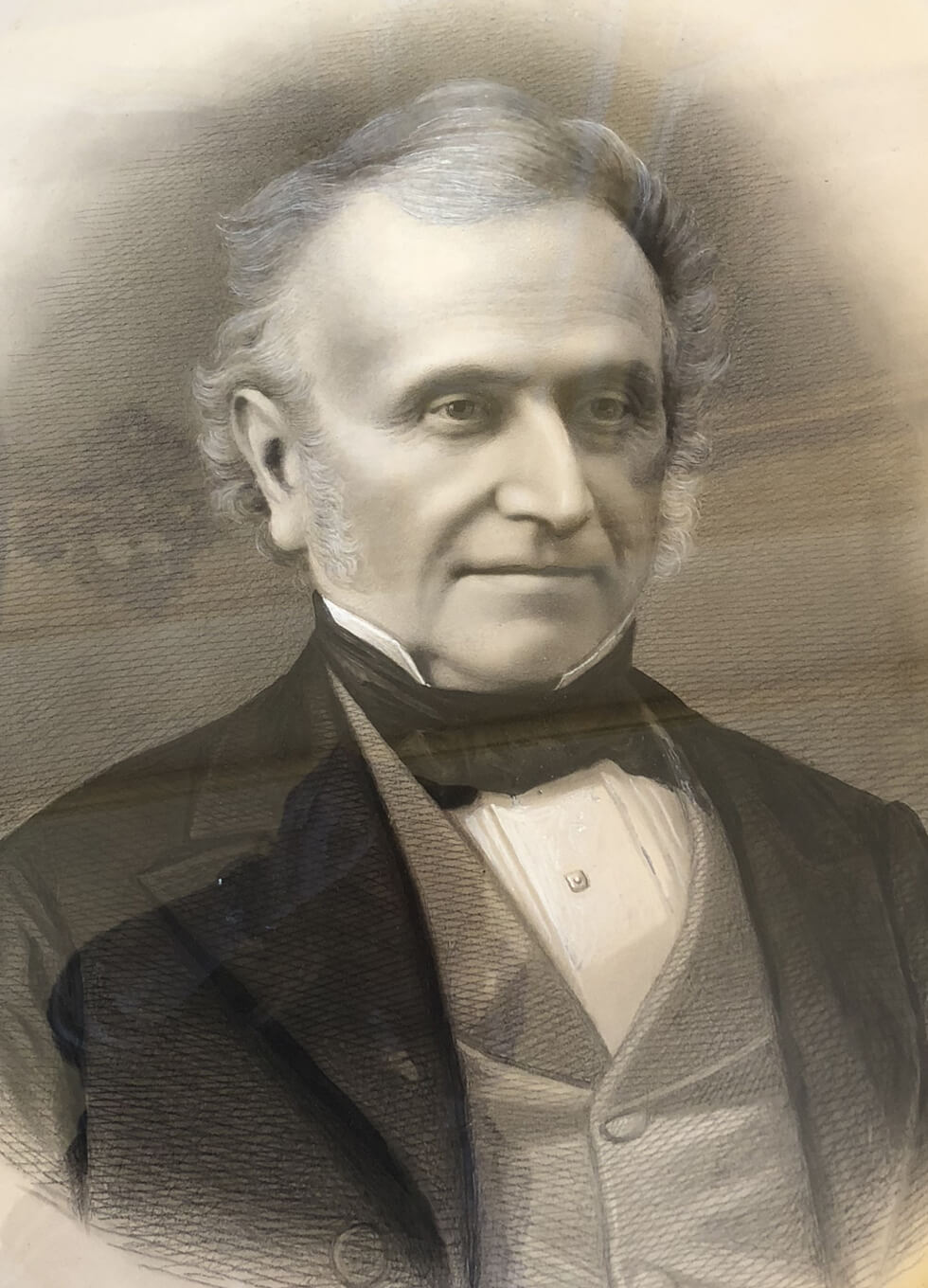
1735 -1856
from desaigues to de laage
Augustin Desaigues, Jeanne-Magdeleine’s son, inherited the property and married a de Fournel, with whom he had several children. During the French revolution, two of their sons fled to the Vendée region, leaving the women at Château de Sales.
Mrs Desaigues and her daughter Gabrielle were imprisoned and freed only after Robespierre’s downfall. The document attesting to their release is still kept at the château.
But their hardships did not end there. The estate was seized by the government and the château ransacked. When they came back, the only belongings they found there were two chairs. Gabrielle fought to recover the estate, fearlessly and successfully, buying back the entire property except for three hectares (7 acres).
When Gabrielle’s brother Pierre Denis came back from exile in 1802, she handed the estate over to him. Pierre Denis Desaigues died without an heir and the estate was therefore passed down to Gabrielle’s grandson, Alexandre de Laage.
1857-1949
from de Laage to Lambert
The estate remained in the de Laage family until Paul’s death. The family had been counsellors to the King and collectors of the taille, a type of tax. In 1830, Paul Marie Joseph de Laage de Meux resigned from his position as a magistrate and founded the trading company P. Delaage et Cie, which would ensure the family’s prosperity during the 19th century.
In 1949, the estate was passed down to the children of Paul de Laage’s daughter, Marie Simone, marquise de Folin. Her daughter, Marguerite de Folin, married Henri de Lambert, a French army officer, on the eve of the Second World War. He gradually took over the running of the estate before inheriting it in 1979.
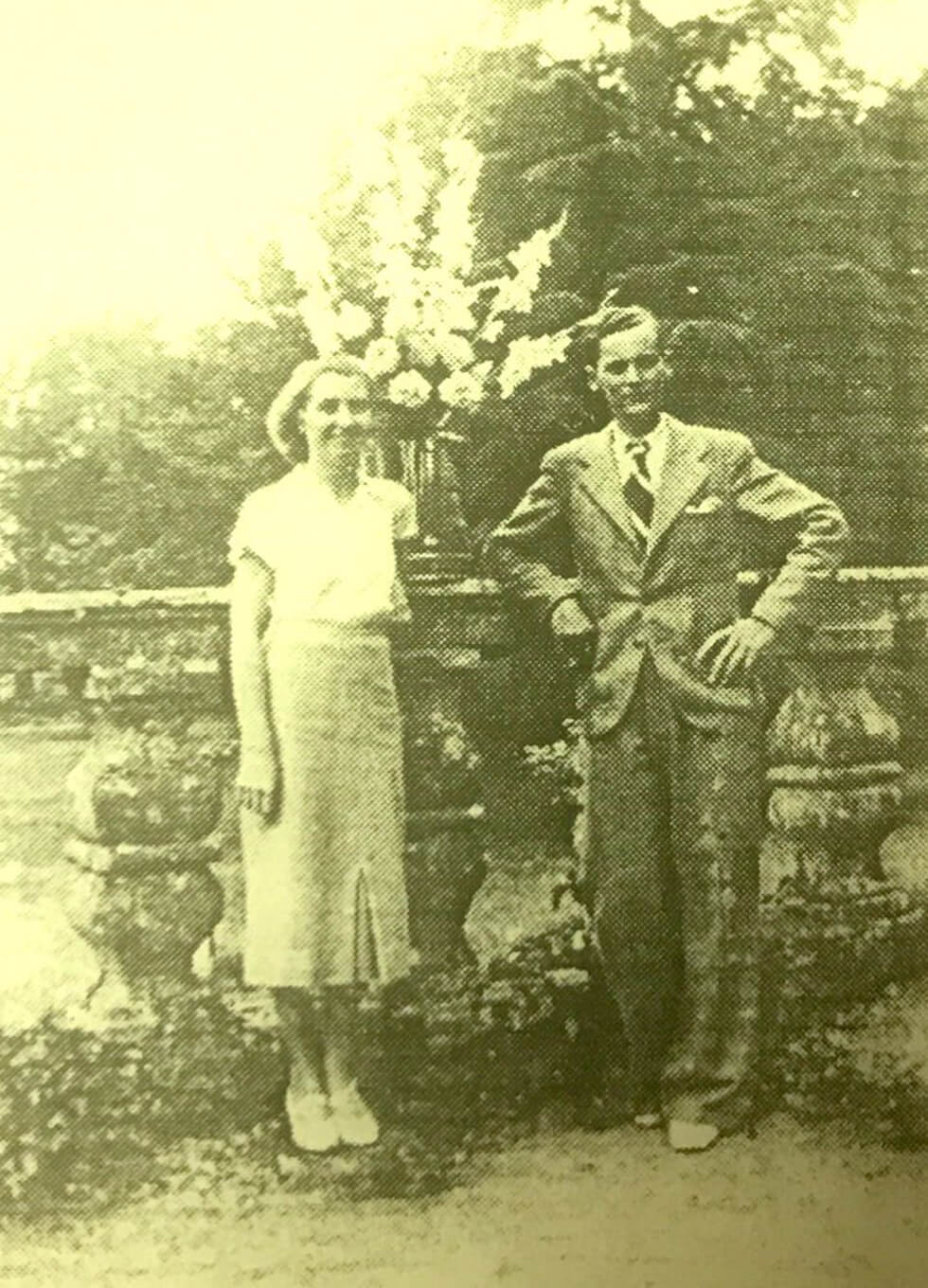
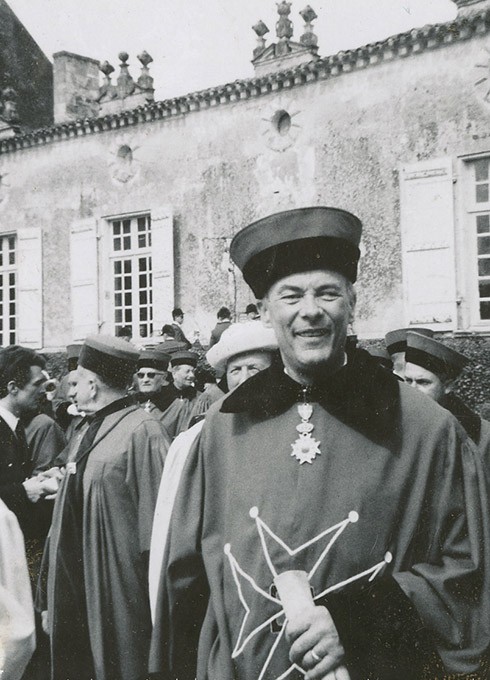
1949-1985
Henri de Lambert,
a figurehead
Henri de Lambert spent his life working both for the estate and for the Pomerol appellation. Once perceptively called a “trade unionist and squire” by the French magazine L’Amateur de Bordeaux, he pioneered the modernisation of the estate. He increased the surface area under vines from 28 to 47.6 hectares (70 to 117 acres) and introduced technical advances to improve quality. At the same time, Pomerol acquired a fast-growing reputation and Henri de Lambert became a figurehead of the appellation.
He was president of the Pomerol wine syndicate from 1969 to 1990, president of the Conseil Interprofessionnel du Vin de Bordeaux (Bordeaux Wine Council) from 1979 to 1980 and president of the CNAOC (the National Confederation of Producers of Wines and Spirits with Registered Designation of Origin) from 1983 to 1986.
He was made a Knight of the Legion of Honour for military valour.
On his wife’s death, the estate passed to their four children, Gabrielle de Lambert des Granges, Françoise Treppoz, Anne de Maissin and Bruno de Lambert. Bruno took over management of the estate in 1982 when Henri de Lambert retired.
1982-2017
Bruno de Lambert,
35 years as head of the estate
For 35 years, Bruno de Lambert ran the business and shared his love for this exceptional property. A pioneer of wine tourism, he opened the estate to visits in order to convey his vision of wine and winemaking. Refusing to give in to fashion, he sought to respect and enhance the Château de Sales terroir in order to make a round and approachable wine.
He was made an Officer of the Order of Agricultural Merit for his work over so many years. He shared the accolade with all of the estate’s workers, whom he called “the extended Sales family”.
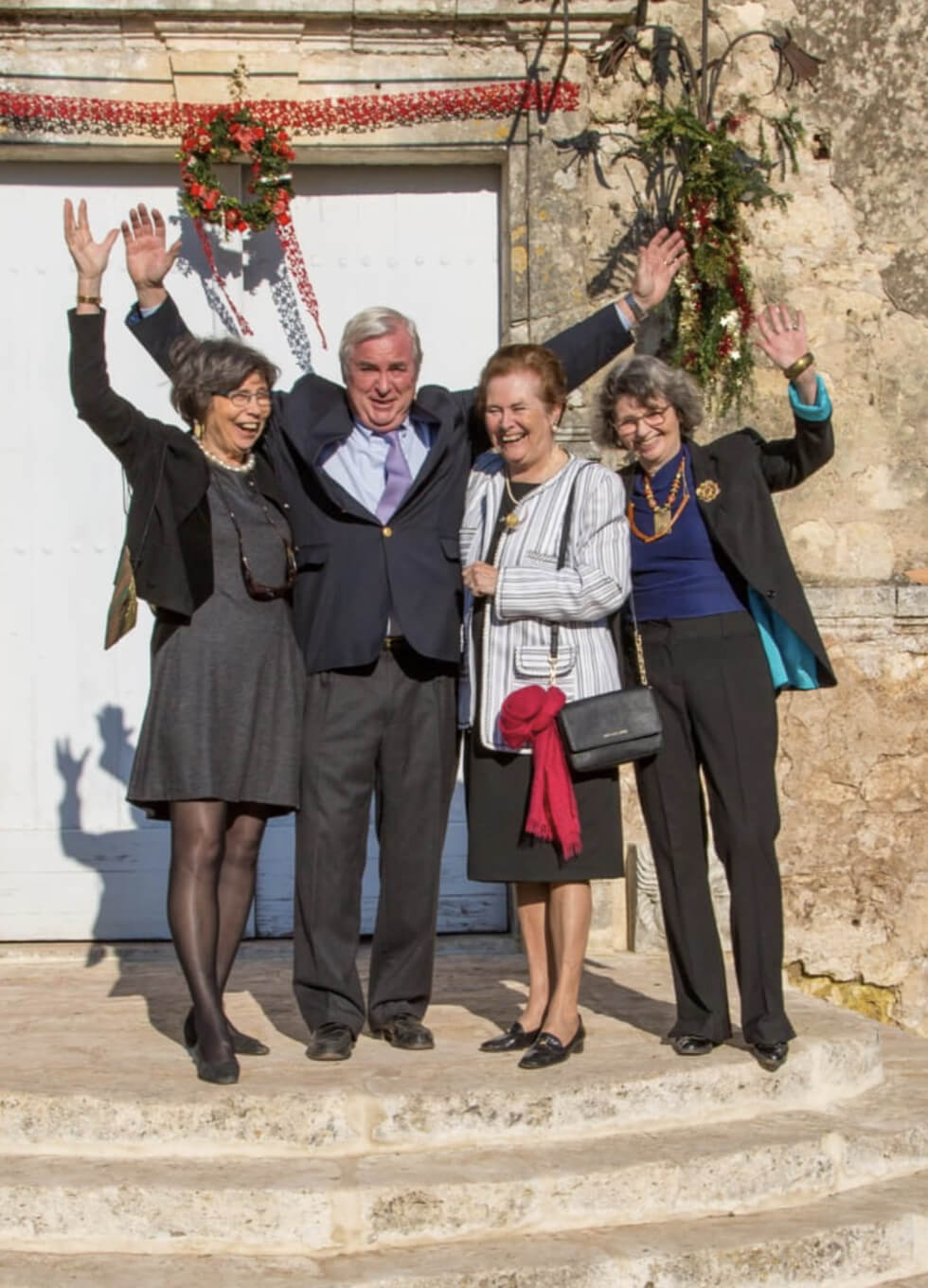
2017
a new generation takes the reins
In 2017, when their uncle and father retired, the 14 direct cousins and co-owners of Château de Sales rallied round to take over the estate, with their parents’ approval. They appointed one of their number, Marine Treppoz, to chair the new company. At the same time, they recruited a Chief Executive Officer, Vincent Montigaud, to manage it. Originally from Libourne, he spent 23 years with Baron Philippe de Rothschild, including 16 years as managing director of Domaine de Baronarques.
Working as a team, they are now responsible for running the Château.
This new generation intends to give the estate a prominent position in the Pomerol appellation. The aim is to make Château de Sales a standard-setter in terms of quality, image and family management in order to pass it on to the next generation and keep the story going.
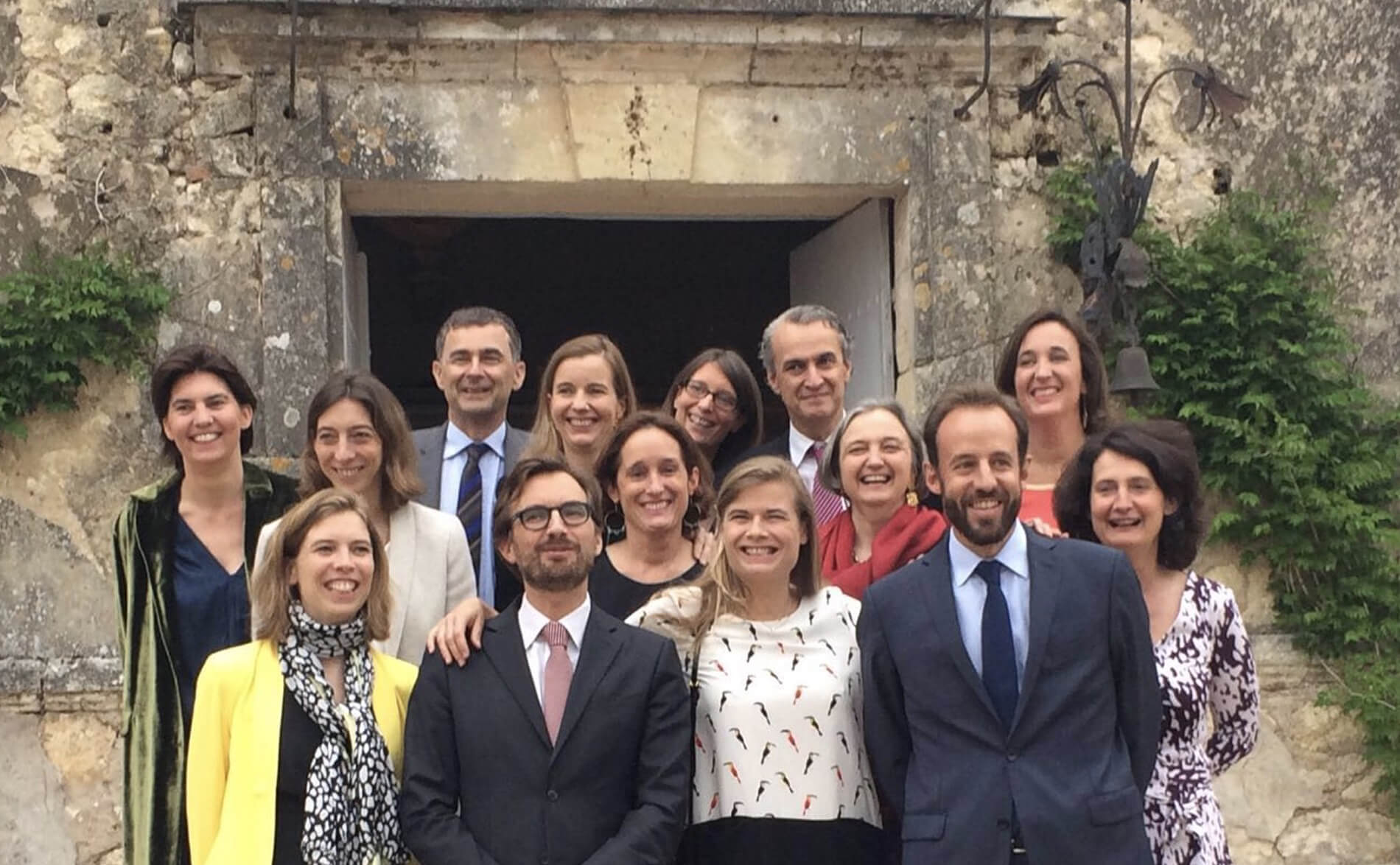

« It is up to each generation to solve its problems with the means it has inherited or created for itself. (…) I have done what I can and it is now for future, better prepared generations to do better in order to keep on developing while bearing family traditions in mind. »
Henri de Lambert, excerpt from his book «Souvenirs et Perspectives» (1994).
